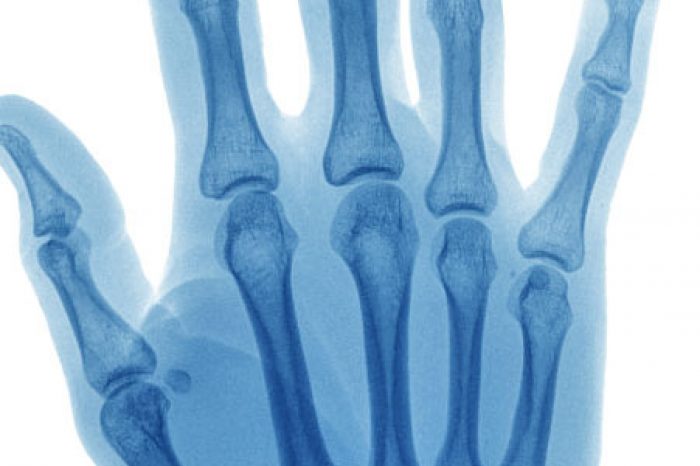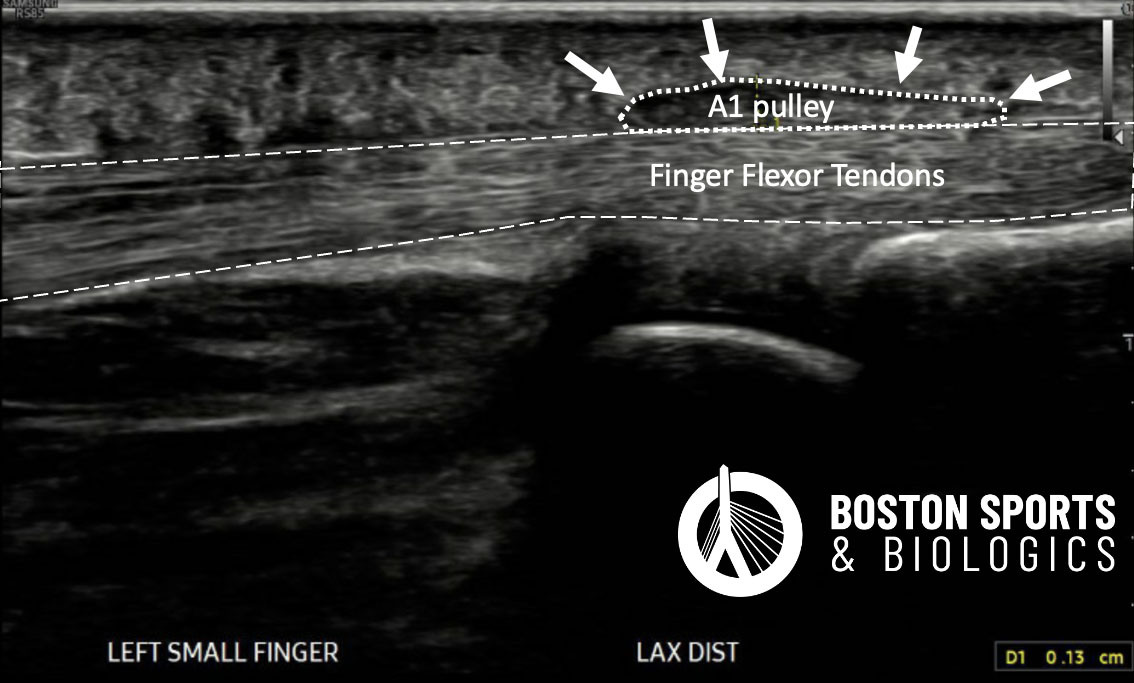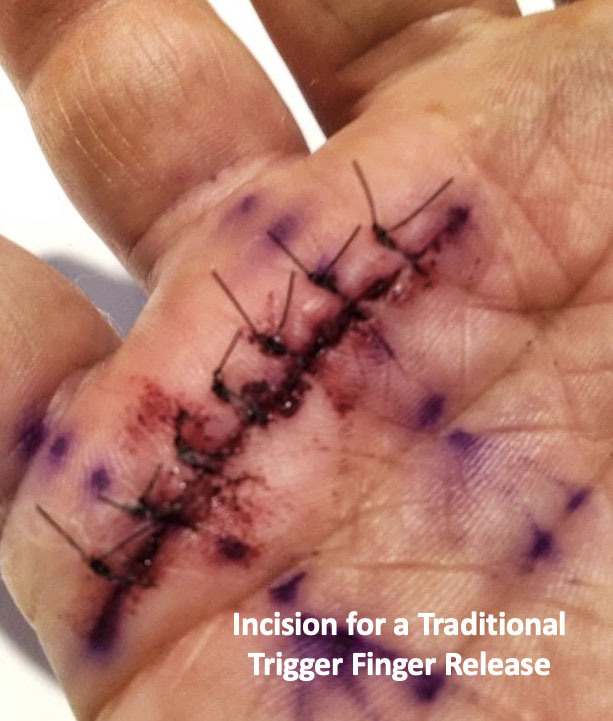
Introduction
Trigger finger, also known as stenosing tenosynovitis, is a condition that affects the tendons in the fingers and thumb. It causes pain, stiffness, and locking of the affected digit, making movement difficult. It commonly results from repetitive hand movements and can significantly impact daily activities. This article explores the causes, symptoms, and available treatment options for trigger finger, drawing insights from recent medical literature.
Causes of Trigger Finger
Trigger finger occurs due to inflammation and narrowing of the flexor tendon sheath, making it difficult for the tendon to glide smoothly. The primary causes include:
What are the Symptoms of Trigger Finger?
The most characteristic symptoms of trigger finger include:

How is Trigger finger Diagnosed?
Diagnosis of trigger finger is primarily clinical, based on symptom presentation and physical examination. Physicians may assess for:
What are the Common Treatment Options for Trigger Fingers?
Effective management of trigger finger depends on the severity of symptoms and begins with an accurate diagnosis to determine the most appropriate treatment plan. Treatment options include:
Non-Surgical Treatments
Splinting
Steroid Injections
Extracorporeal Shock Wave Therapy (ESWT)
Physical Therapy and Exercises
What are the Surgical Treatments for Trigger Finger?
For cases that do not respond to conservative treatments, surgery may be necessary, particularly when the finger becomes permanently locked, severely impacts daily activities, or fails to improve with steroid injections and splinting.
Open Surgery
What is the Prognosis and Recovery for Trigger Finger?
With proper treatment, most patients experience significant relief from symptoms. However, individuals with underlying conditions like diabetes may have a higher risk of recurrence. Post-treatment rehabilitation, including hand therapy, can improve recovery outcomes.

Conclusion
Trigger finger is a common but treatable condition that can significantly affect hand function. Treatment options such as splinting, steroid injections, and, in severe cases, surgical intervention can help restore mobility and reduce discomfort.
Early diagnosis and intervention can prevent worsening symptoms and improve quality of life. Patients experiencing persistent finger pain or locking should seek medical evaluation to explore appropriate treatment options.
References
(781) 591-7855
20 Walnut St
Suite 14
Wellesley MA 02481
Learn about ultrasound-guided A1 pulley release for trigger finger treatment, a minimally invasive procedure with a 97% success rate and fast recovery time. This technique is safer and more effective than traditional
Read MoreTrigger finger, also known as stenosing tenosynovitis, is a common hand condition that affects the tendons in your fingers or thumb. If you're dealing with pain, stiffness, or a locking sensation in your fingers, you
Read More